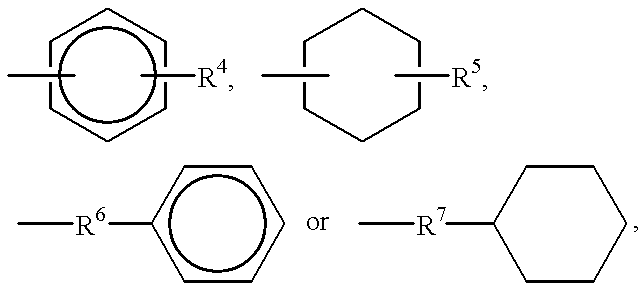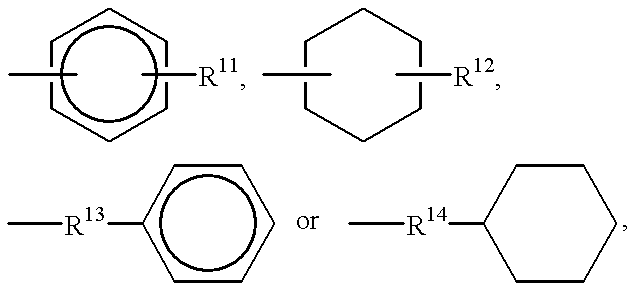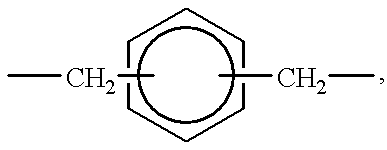Crystalline polypropylene resin composition and amide compounds
a technology amide, which is applied in the field of crystalline polypropylene resin composition and amide compounds, can solve the problems of uneconomical, inability to reward nucleating agents in excess of 5 parts by weight, and affecting the product, so as to achieve less deformation force under heating, easy to obtain, and less melting point
- Summary
- Abstract
- Description
- Claims
- Application Information
AI Technical Summary
Benefits of technology
Problems solved by technology
Method used
Image
Examples
example 1
To 100 parts by weight of a propylene homopolymer powder (MFR=14 g / 10 min) was added 0.05 part by weight of N,N'-dicyclohexylterephthalamiide and the mixture was milled in a Henschel mixer and pelletized with a 20 mm-diameter single-screw extruder. The resulting pellets were subjected to compression-molding by melting the pellets at 230.degree. C. for 10 minutes and then placing it in a mold of 60.degree. C. and maintaining it therein for 5 minutes for solidification to give a 0.5 mm-thick sheet. The .beta.-form content of the resulting sheet was 93% and the sheet showed no coloration.
example 2
Except that N,N'-dicyclohexyl-1,4-cyclohexanedicarboxamide was used as the .beta.-nucleating agent, the procedure of Example 1 was otherwise repeated to provide a sheet. The .beta.-form content of this sheet was 42% and the sheet showed no coloration.
example 3
Except that N,N'-dicylohexyl-2,6-naphthalenedicarboxamide was used as the .beta.-nucleating agent, the procedure of Example 1 was repeated to provide a sheet. The .beta.-form content of this sheet was 97% and the sheet showed no coloration.
PUM
| Property | Measurement | Unit |
|---|---|---|
| temperature | aaaaa | aaaaa |
| temperature | aaaaa | aaaaa |
| temperature | aaaaa | aaaaa |
Abstract
Description
Claims
Application Information
 Login to View More
Login to View More - R&D
- Intellectual Property
- Life Sciences
- Materials
- Tech Scout
- Unparalleled Data Quality
- Higher Quality Content
- 60% Fewer Hallucinations
Browse by: Latest US Patents, China's latest patents, Technical Efficacy Thesaurus, Application Domain, Technology Topic, Popular Technical Reports.
© 2025 PatSnap. All rights reserved.Legal|Privacy policy|Modern Slavery Act Transparency Statement|Sitemap|About US| Contact US: help@patsnap.com



